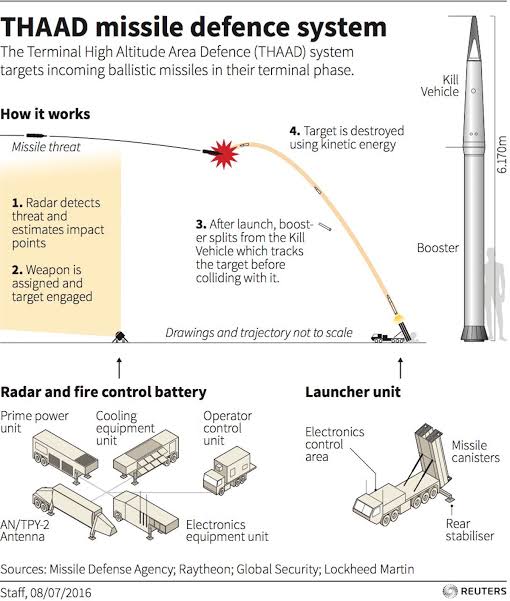Live Classes

The Biden administration's decision to send an advanced anti-missile system to Israel, and soldiers to operate it, is the latest sign that the U.S. is getting drawn into the unfolding conflict in West Asia. Ever since the latest war here broke out, after Hamas's October 7 attack on Israel, the U.S. had publicly maintained that it did not want a regional war. The U.S President adopted a twin approach to give Israel a free hand in its war on Gaza, while spending America's diplomatic and military resources to prevent an escalation. When Israel carried out a disastrous, disproportionate war on Gaza, facing allegations of genocide, Mr. Biden sent Secretary of State Antony J. Blinken several times to the region to keep the American coalition intact. The U.S. launched an airstrike campaign against Yemen's Houthis who "declared war against Israel" and attacked commercial vessels in the Red Sea and also strikes against Hashad al-Shabi, the Shia militias in Iraq and Syria, while Secretary Blinken held the American-Arab alliance together. But what Mr. Biden did not do was to put meaningful pressure on Israel, which is now accused by a UN investigation of having committed war crimes and crimes against humanity in Gaza. The Brown University's Costs of War project says that the Biden administration has sent $17.9 billion in military assistance to Israel since October 2023. Washington did little when Israel took the war to Iran by bombing the Iranian embassy in Damascus or when it launched the Lebanon invasion.
The U.S. decision to deploy the Terminal High Altitude Area Defense (THAAD) system also points to the precarious security situation its ally is in. After 12 months of war, Israel is yet to meet its objectives. Hamas still fires rockets into Israel. Hezbollah has stepped up rocket and drone attacks after Israel's Lebanon invasion. On Sunday, a Hezbollah drone struck an Israeli military base, killing four soldiers. On October 1, Iran launched a massive ballistic missile attack on Israel. While most of the 200 Iranian missiles were intercepted by Israeli and American systems, dozens hit at least two Israeli air bases. With Israel preparing its response to Iran amid Iranian threats of a counter-retaliation, the U.S. finds it necessary to bolster the defences of its ally. The move also underscores the argument that Israel is overwhelmingly dependent on the U.S. for security and defence, which gives Washington substantial leverage over Tel Aviv. For some strange reasons, the Biden administration has, until now, refused to use that leverage as Israel has gone rogue in Gaza, West Bank, Syria and Lebanon. This escalation cycle could drag the U.S. deeper into the conflict, with disastrous consequences for all parties, unless Washington reins in its closest ally.
About THAAD Missile System:
Key features
Development of THAAD